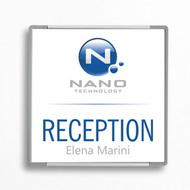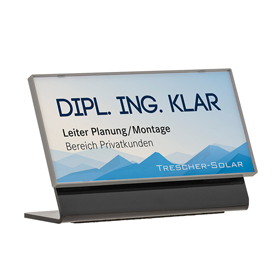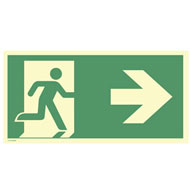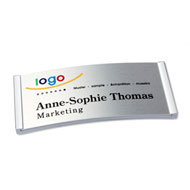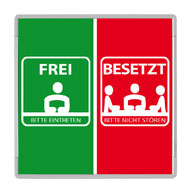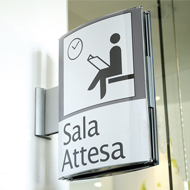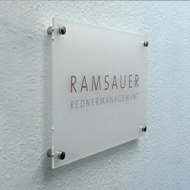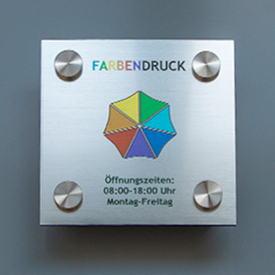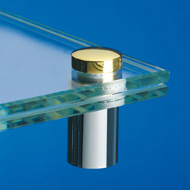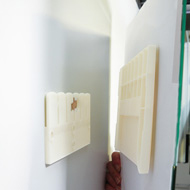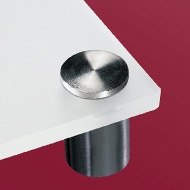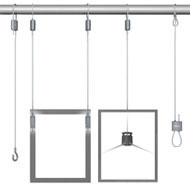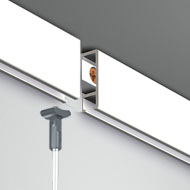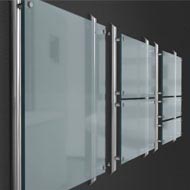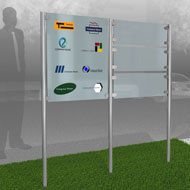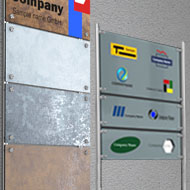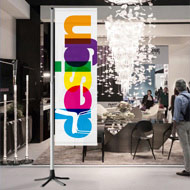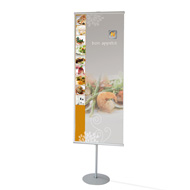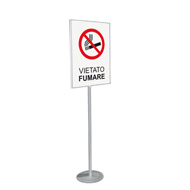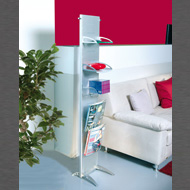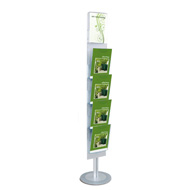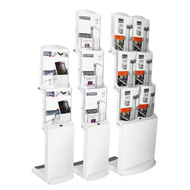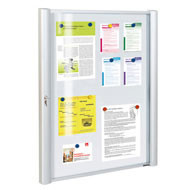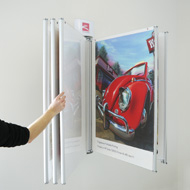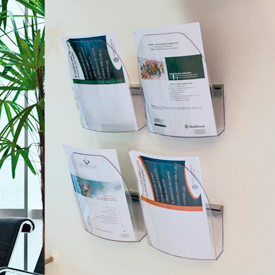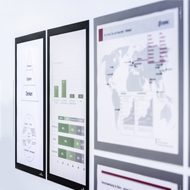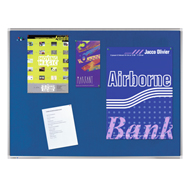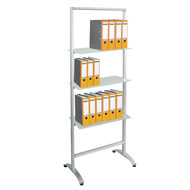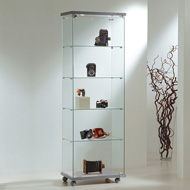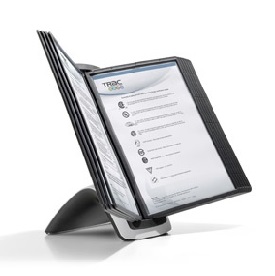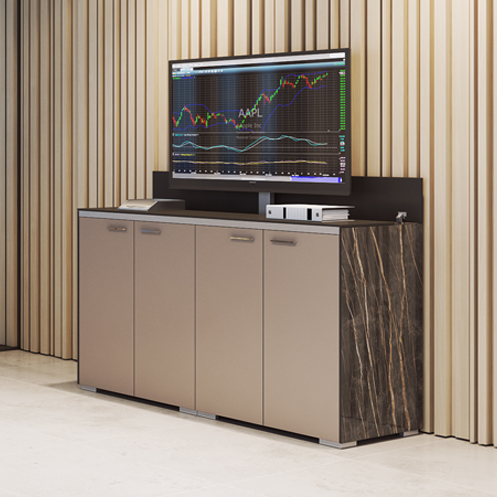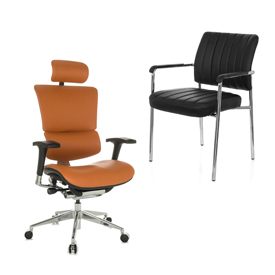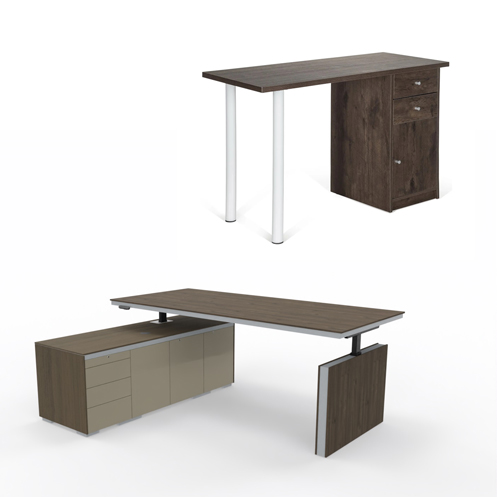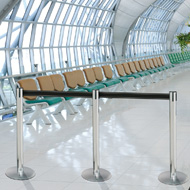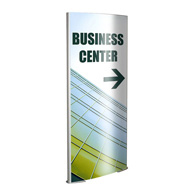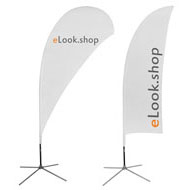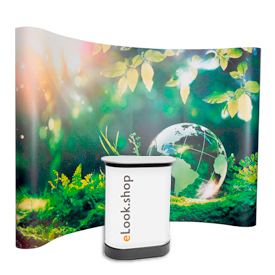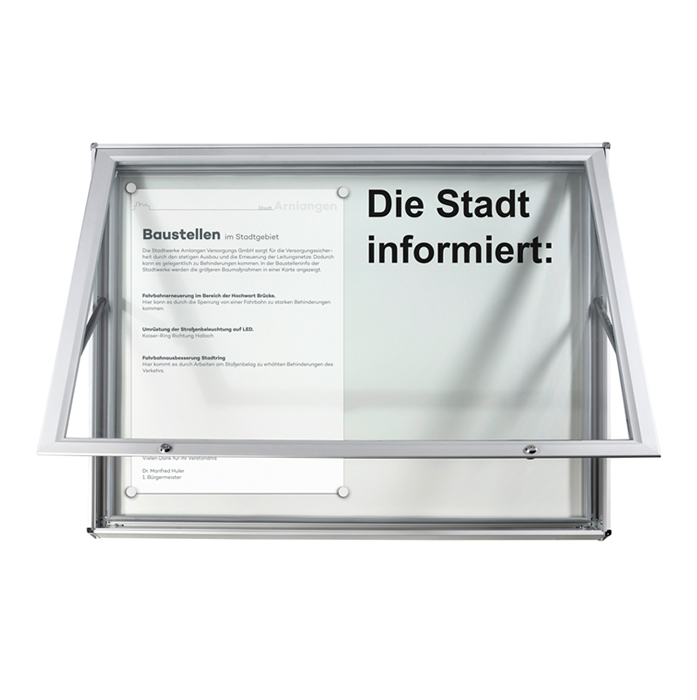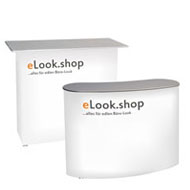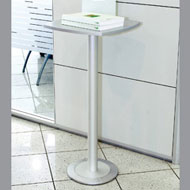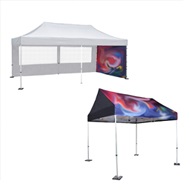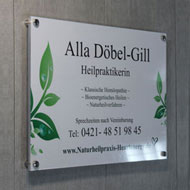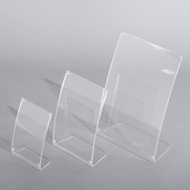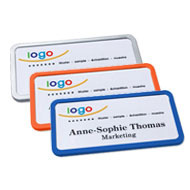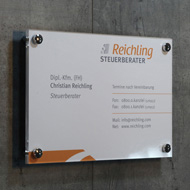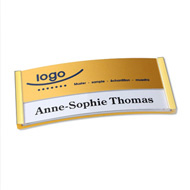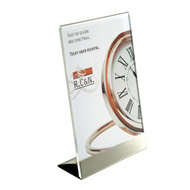"Flat printing": offset printing, stone printing and collotype printing
Monday, April 1, 2019
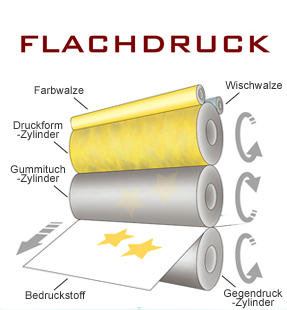
Where does flat printing come from?
Flat printing comes from stone printing (also called lithography ), which was invented by Alois Senefelder in 1798. Until the early 20th century, lithography was the most commonly used method of color printing. In contrast to letterpress or gravure printing, the printed and non-printed parts are on the same level in this process.Printing process and special features
At the heart of planographic printing lies the principle of the chemical opposition of water and fat. The areas to be printed are sensitive to fat ( lipophilic ). They are applied with ink, grease pencils or by photographic processes and take on the colour. The non-printing areas are moistened with the water, which is why they repel the ink in the printing process ( hydrophilic ).Flat printing includes stone printing, collotype printing, photochromic printing and polyfoil printing , which are very expensive and are rarely used today or only used for special prints, as well as current offset printing .
Offset printing and uses
Offset printing is an indirect planographic printing process. The color first comes from the printing form onto a rubber blanket roller and is then transferred to the printing material. Web and sheetfed offset presses are used in the printing industry today.The sheetfed offset presses are referred to as sheetfed , because sheeted paper is printed during the printing process. Sheetfed offset is suitable for small or medium-sized runs.
The web offset machines , also called heatset or coldset , print the roll paper and can achieve up to 65,000 cylinder revolutions per hour. In this way, print products in millions of copies can be published inexpensively in a short period of time. This printing process is mainly used for the production of daily newspapers, magazines, bulk printed matter and packaging. But offset printing is also worthwhile for flyers, posters, photo books and printed advertising matter as soon as large print runs are involved. Significant savings can be made with web offset printing, especially for runs of 100,000 or more.
Advantages of offset printing
Offset printing is the best known and most popular process in the printing industry today. High speed, economy and low printing costs are the undeniable advantages of offset printing. This type of printing allows to produce a wide variety of printed objects that are inexpensive and of high quality. Very fine screen definitions and achievable ink layer thicknesses are also possible.A relatively narrow range of applications (you can only print on paper, cardboard, cardboard, corrugated cardboard, tin and zinc) and drying times due to chemical drying can be counted among a few disadvantages. Furthermore, certain fixed costs arise with offset printing, which are independent of the number of copies. Offset printing is therefore not worthwhile for small runs.
